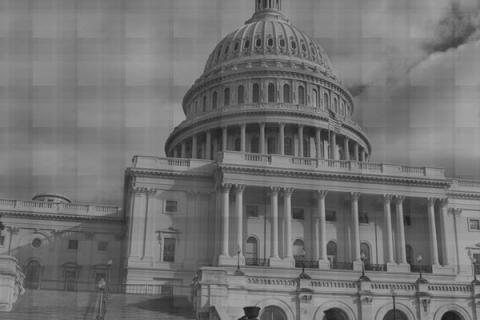
Student loan debt has totalled $1.1 trillion nationwide and many college graduates struggle to pay these loans back. The federal government is rushing to find a solution to the interest rate it sets for student loans which is currently set to double from 3.4 to 6.8 percent in July if nothing is done.
California's students have generally strayed away from the student loan debt crisis. The state's average of student loan debt is $10,180 less than the national average. However, both state and national averages may increase over the next few years.
Student loans have been a hot topic in Washington D.C. as H.R. 1911 makes its way through the U.S. House. The bill is led by Rep. John Kline (R-MN) and wants to tie student loan rates to:
"‘(i) the high-yield 10-year Treasury notes auctioned at the final auction held prior to such June 1; plus(ii) 2.5 percent, except that such rate shall not exceed 8.5 percent."
H.R. 1911 passed the House of Representatives with a 221-198 vote -- essentially split along party lines. The Republican majority was able to carry the bill with minimal support from the Democratic Party. Democrats who supported the bill are Reps. Scott Peters (D-Calif.) from San Diego, Jared Polis (D-Colo.), Joe Garcia (D-Fla.), and Daniel Maffei (D-N.Y.).
The condition of California student loan debt is spelled out in the statistics provided by both of the state's public university systems. Graduates from the California State University (CSU) and University of California (UC) systems take on significantly less debt than the national average for public universities.
Baccalaureate graduates in the 2010-2011 school year at CSU campuses had $12,411 less in debt obligations than the national average. A contributing factor is the smaller number of CSU students who take on loans in their first year. Only 36 percent of CSU students start with loans, whereas 57 percent of students do so nationwide.
 Credit: California State University, calstate.edu
Credit: California State University, calstate.edu
As for the UC system, average student loan debt was at $18,779 for the 2010-2011 school year. Although higher than CSU averages, UC student debt still sits well below the $29,059 national average.
 Credit: University of California (click to enlarge)
Credit: University of California (click to enlarge)
If H.R. 1911 were to go into effect in July, students would begin paying federal loans with a 4.32 percent interest rate. However, rates can fluctuate since it would be based on market rates. Democrats have proposed freezing the rate at the current 3.4 percent, but some have contended that it is too costly to the government.
It may not be a fair judgment to say California student loan debt is in 'good' shape, but when contrasted with the nation as a whole, graduates seem to be in better financial situations.
For more details on H.R. 1911, check out "House GOP to Set Student Loan Interest Rates to the Market" by Andrew Doolittle
